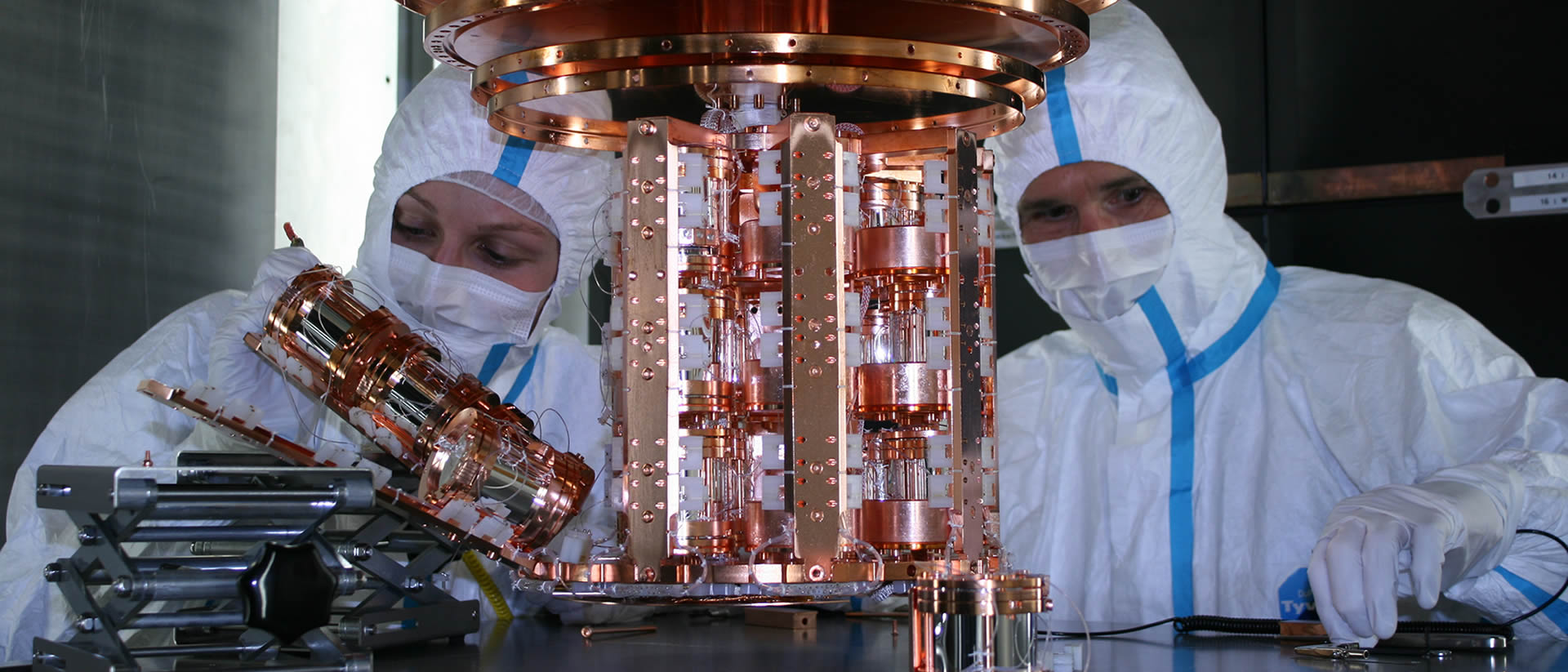
The dark side of the universe

Everything we see in the universe consists of only three particles: protons, neutrons and electrons. They are the basis to create stars, planets and even complex life on earth. An important result of this is that everything is made up of electrically charged particles. And charged particles are able to interact with light and consequently form matter that emits, scatters or absorbs light. This light serves as messenger of information about its source, the physical processes involved, and the history of our universe. The first statement is, of course: there are stars. As trivial as this may seem, we solely know of this fact because light from the stars arrives at earth and we have the correct detectors — our eyes or sophisticated telescopes — to recognize this radiation. The movement of the planets and stars can be followed to learn a lot about Earths place in the cosmos. But there is much more to gain from light. A more detailed view reveals that there are some small gaps in the continuous spectrum of our sun. This eventually tells that stars are giant balls of hydrogen, which is burnt to helium and later on to heavy elements while producing energy. The age and the mass of individual stars can be deduced from the emitted spectrum and is even able to predict whether they will end their life as a supernova. This list of knowledge gained from the light could be vastly extended. But the central point to keep in mind is that most things we know about the objects in the universe is only based on the observation and the interpretation of the light from outer space.
A picture taken 14 billion years ago
But not only statements about single objects can be made. Detecting light also allows taking insight into times shortly after the big bang and, thus, understanding the history of the entire cosmos. In its childhood, up to an age of 380.000 years, the universe was so hot and dense that protons and electrons could not build stable hydrogen atoms. This is because the term “hot” describes the existence of many high energetic photons (light particles) colliding with the other particles and destroying their bonds. On the other hand, the light was not able to propagate freely through space, because it was scattered or absorbed even after shortest distances. Only after the universe was cooled by expansion, it became transparent for the photons. The light that has been scattered at this moment for the last time ever is still flying through the universe. Since its emission, this light was not disturbed on its journey through space and time and still carries information about this early age of the cosmos. When detecting this so called cosmic microwave background here on earth, it is like looking at a picture taken 14 billion years ago. This picture proves, with stunning precision, the big bang theory, helping to understand both the large scale cosmology and the miniature world of elementary particle physics.
In particular, we learn something remarkable from this cosmic microwave background: despite the huge amount of knowledge about fundamental physics collected during the last centuries, we have to accept that all the known matter only plays a minor part in the whole mass inventory of the universe. There is something contributing substantially more mass to the cosmos and therefore affecting the evolution and the structure of the universe to a huge extend. At this point, we enter the field of dark matter physics …












